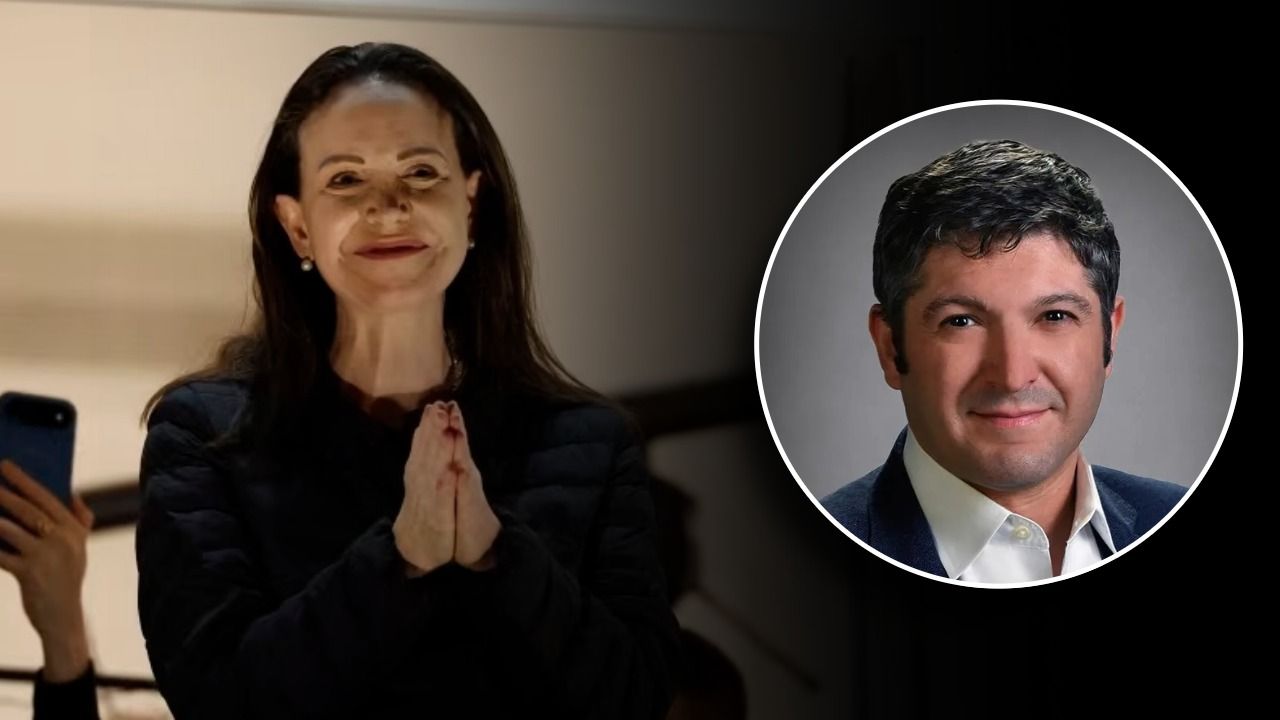Given the upheavals and uncertainty of this past year, many leaders and salespeople are wondering: What skills and adaptations, will be necessary to survive and thrive in 2021?
I would suggest you review and evaluate these four trends as you plan for the year to come.
Virtual Selling.
It’s here to stay. That doesn’t mean it will represent 100% of our selling efforts, but it does mean that going back to primarily face-to-face selling is probably not realistic. We have learned that remote selling can not only effectively connect with buyers but can also be more productive in our discussions with them while spending less time traveling. The selling landscape has changed, and that change requires us all to commit to sharpening and upgrading, the skills necessary to succeed in virtual selling. Engaging prospects virtually is a different skill set than engaging them in person. It is important to understand those skills, practice them and reinforce them.
Videoconferencing.
Constant communication with customers is now a central component of the virtual sales “touch,” and the preferred mode seems to be video. Virtual sales meetings, with real-time video and audio, happen much more frequently than they did a year ago. This makes perfect sense from the buyer’s side. The more people available to be on the call, the less risk there is of making a bad decision. This is a positive development – assuming that the seller’s skills are up to date. Today’s salespeople are, very often, running from Zoom call to Zoom call, and many of those calls can now be expected to feature multiple decision-makers. That makes it more important than ever to do an effective pre-call plan before logging on.
Keeping net new appointment totals where they should be.
Many CEOs and sales leaders are deeply concerned about how their organization’s sales funnel looks. As sales professionals, we must be constantly ensuring that we are filling that funnel with enough qualified leads. Doing that in 2021 might be more difficult, perhaps because today’s buyers are warier, and less forthcoming than they were before the pandemic. Who can blame them? The unpredictability of 2020 has left many buyers more likely to throw last-minute stalls our way. That means we need to increase our appointment totals. It’s time to upgrade our prospecting skills and engage in more effective virtual prospecting, using a whole new set of tools to keep our appointment totals where they should be.
To lowball or not to lowball?
Many organizations are cutting prices on their products, and services, to either: (A) “Make up for lost revenue ground in 2020,” and/or (B) “Buy out the market from competitors who aren’t as financially sound as we are.” This “last man standing” strategy is understandable, but it can backfire. It may encourage salespeople to discount instinctively, without having conducted a real qualification of the buyer. Sales teams need to make sure they’re not moving too quickly through the buying process, to keep asking the tough questions and to secure a price that is fair to both sides. In many cases, when people connect their offering to a specific buyer’s pain, they are finding that it makes much more sense not to lowball.
These are some of the issues that sales professionals will want to address as they move forward into 2021. If you are aware of them and make the relevant changes to your game plan, you and your team can make the coming year one of your best ever.
Jim Marshall is owner and president of Sandler Training of Tampa Bay, which provides sales, corporate and management training to high-achieving companies and individuals. Contact him at 813.287.1500 or [email protected].













